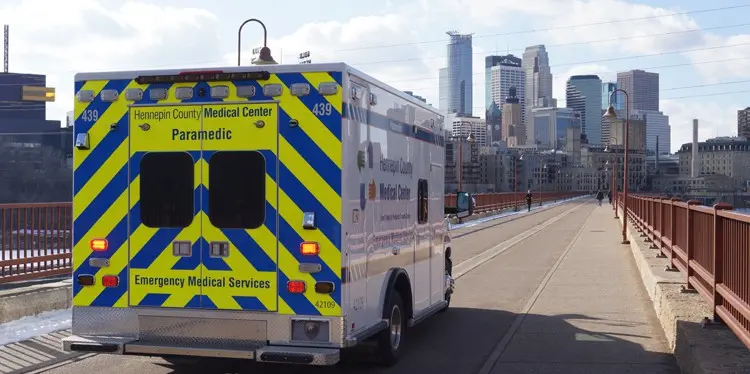In medical education, theory lays the foundation but hands-on practice is where future professionals are truly built. For EMT students, learning to assess, respond, and act under pressure requires more than just textbooks. It demands experience with real-world tools, repetitive skill drills, and access to equipment that reflects what’s used in the field.
At Medtech, we believe the right tools do more than teach they prepare students for practical success. Here’s how essential equipment enhances learning and empowers tomorrow’s EMTs to succeed in both training and real-life emergencies.
Image credit: Hennepin Healthcare. “Interview: How Hennepin EMS is preparing for Super Bowl LII,” Hennepin Healthcare Blog.
1. Bridging the Gap Between Classroom and Field
The transition from theory to application can be jarring. Using field-relevant tools from manual blood pressure cuffs to tourniquets helps bridge that gap. When students practice with what they’ll use in ambulances and emergency scenes, they develop familiarity and reduce hesitation under stress.
2. Reinforcing Critical Skills Through Repetition
Skills like auscultation, airway management, and bleeding control aren’t learned overnight they’re built through consistent, hands-on repetition. Having access to personal supplies (like a quality stethoscope, penlight, or CPR mask) allows students to practice outside the classroom and become proficient faster.
3. Encouraging Personal Responsibility and Preparedness
When students are expected to show up with their own gear, they begin to embody the mindset of a medical professional. Carrying a stocked kit encourages organization, responsibility, and readiness traits that are as critical as any clinical skill.
4. Improving Teamwork and Simulation Training
High-quality, standardized tools across students enable smoother group simulations. When everyone is familiar with the gear and how to use it, training becomes more focused on communication, coordination, and clinical reasoning not troubleshooting equipment.
5. Supporting Realistic Scenario-Based Learning
Using realistic supplies like airway adjuncts, splints, or trauma dressings makes training simulations feel authentic. This increases engagement and helps students better visualize how protocols apply in actual emergency situations.
6. Boosting Confidence and Clinical Judgment
A student who knows how to use their tools confidently is more likely to act decisively under pressure. Confidence with gear fosters better clinical judgment, faster reaction times, and improved patient assessments vital qualities for an EMT in the field.
7. Promoting Safety and Infection Control Standards
From gloves and masks to hand sanitizer and disinfecting wipes, tools that support hygiene help students internalize infection control best practices. These habits, once routine, improve safety for both providers and patients throughout their careers.
The Toolkit of a Future Professional
Here are just a few examples of essential tools that enhance practical EMT education:
- Stethoscope (dual-head, high acoustic quality)
- Manual BP cuff
- Penlight with pupil gauge
- Trauma shears
- CPR mask
- Nitrile gloves
- Notebook + waterproof pens
- Field guide or quick-reference cards
- Watch with second hand
- Hand sanitizer
Each of these items may seem small on its own but together, they form the backbone of a student’s practical training.
Final Thoughts
Enhancing medical education isn’t just about better lectures or updated textbooks. It’s about equipping students with the right tools to build muscle memory, clinical confidence, and situational awareness the core elements of successful emergency care.
At Medtechkits.com, we’re committed to helping EMT students and instructors succeed by offering reliable, affordable, field-relevant supplies designed for education and built for the real world.

